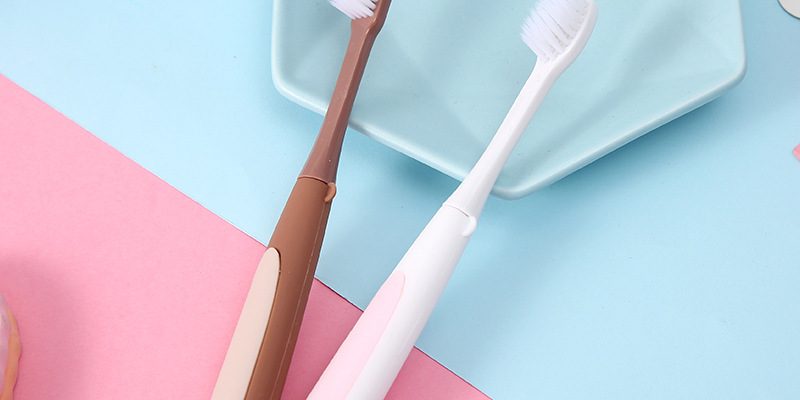Introduction: Teaching children good oral hygiene habits from an early age is crucial for their long-term dental health. Selecting the right toothbrush for your child can make brushing more enjoyable and effective. In this comprehensive guide, we explore the key factors to consider when choosing children’s toothbrushes and provide valuable tips for maintaining their tiny smiles.
- Age-Appropriate Size: Children’s toothbrushes come in various sizes to accommodate different age groups. For younger children, choose a toothbrush with a smaller brush head and soft bristles to fit comfortably in their mouths and be gentle on their developing teeth and gums. As they grow, you can transition to larger toothbrushes with age-appropriate bristle firmness.
- Fun and Engaging Designs: Children are more likely to embrace brushing if their toothbrushes feature fun and engaging designs. Look for toothbrushes adorned with their favorite cartoon characters, bright colors, or other eye-catching patterns. A playful toothbrush can turn brushing time into an enjoyable daily routine.
- Handle Grip and Shape: Children’s toothbrushes should have easy-to-grip handles, designed to fit comfortably in small hands. A non-slip handle ensures better control during brushing, empowering children to brush independently as they grow older. Choose a handle shape that is fun and comfortable for your child to hold.
- ADA Approval: Just like adult toothbrushes, children’s toothbrushes with the American Dental Association (ADA) seal of approval are endorsed by dental professionals. Look for this seal to ensure the toothbrush meets safety and quality standards for children’s oral care.
- Electric vs. Manual Toothbrushes: Electric toothbrushes can be a great option for some children, as they often come with entertaining features such as musical timers or vibrating motions that make brushing more exciting. However, manual toothbrushes can also be effective if used correctly. Consider your child’s preferences and dexterity level when deciding between the two.
- Regular Replacement: Children’s toothbrushes need replacement as frequently as adult toothbrushes. Monitor the condition of the bristles and replace the toothbrush every three to four months or sooner if the bristles are frayed. Regular replacement ensures optimal brushing performance.
Conclusion: Selecting the right children’s toothbrush is essential for establishing good oral hygiene habits in your little ones. Consider factors like age-appropriate size, fun designs, comfortable grip, and ADA approval when choosing the perfect toothbrush for your child. By making brushing enjoyable and maintaining proper oral care, you can set the foundation for a lifetime of healthy smiles and happy dental visits.






